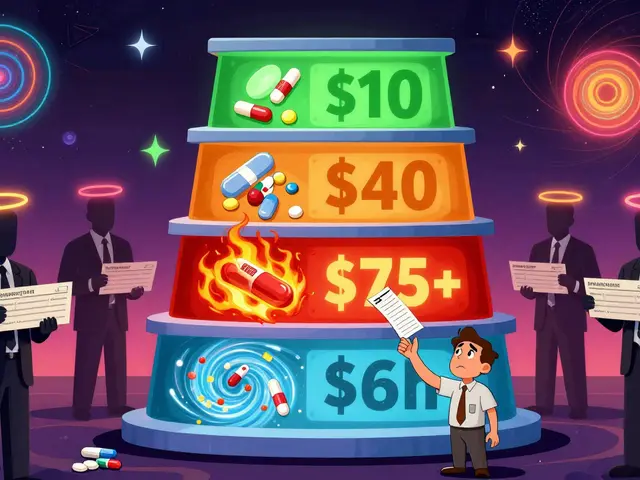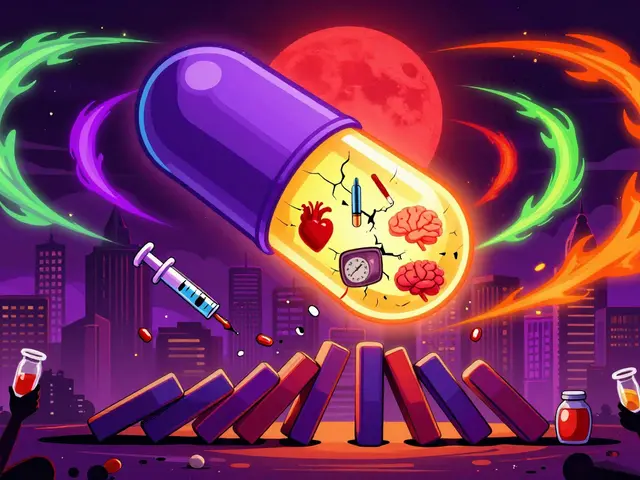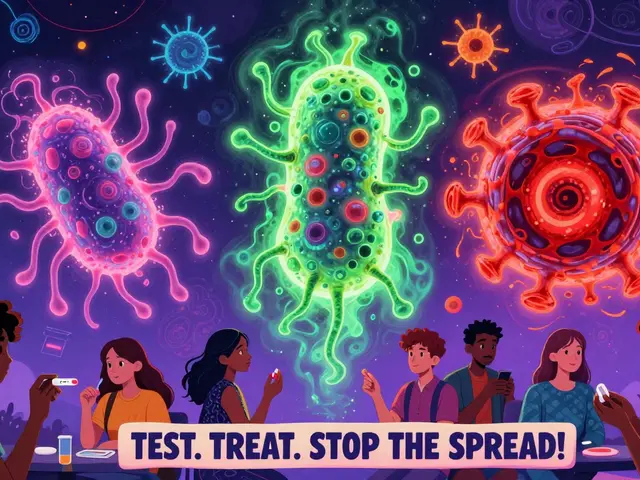Budget Medications: How to Cut Prescription Costs Safely
More people pay too much for medicine. You don't need to choose between your health and your budget. Here are practical steps to lower prescription costs right now.
First, choose generics when possible. Generic drugs contain the same active ingredient as brand-name versions and usually cost far less. Ask your doctor or pharmacist if a generic alternative exists for your prescription and if switching is medically appropriate.
Compare prices at local and online pharmacies. Use pharmacy price tools and reputable comparison sites to check cash prices, not just insurance co-pays. Mail-order pharmacies often give bigger discounts for three-month supplies, but always confirm shipping times and return policies.
Use manufacturer coupons and discount cards. Brand makers and third-party platforms often offer savings that beat retail prices. If you’re uninsured or the drug is expensive, patient assistance programs from drug makers can lower or eliminate costs for eligible patients.
Talk to your prescriber about therapeutic alternatives. Sometimes a cheaper drug in the same class will work just as well. For chronic meds, ask about longer refills or switching to a pill with fewer daily doses to reduce out-of-pocket costs and refill hassles.
Be careful with online pharmacies. Choose ones that require a valid prescription and have verifiable contact details. Check pharmacy accreditation and user reviews. Avoid sites offering prescription drugs without a prescription or dramatically low prices—those can be counterfeit and dangerous.
Consider splitting higher-dose pills when clinically safe. Tablet splitting can cut costs, but only do it under your doctor’s guidance and with pills suitable for splitting. Not all tablets are safe to divide.
Use local resources: community health centers, free clinics, and charity programs often provide low-cost or sliding-scale prescriptions. State programs and veterans’ services may offer additional help, so check what’s available where you live.
If you have insurance, review formularies and tiers. Switching to a drug on a preferred list can reduce copays. Ask your insurer about prior authorization or step therapy and whether exceptions are possible for medical reasons.
Watch for interactions and side effects when changing meds. Cheap doesn’t mean better if it causes harm. Keep a medication list, review it with your pharmacist, and request monitoring when needed.
Finally, plan ahead. Ordering refills early, setting reminders, and consolidating prescriptions can prevent gaps and emergency purchases at high cost. Small steps add up: a lower daily cost can free money for better care.
Quick checklist: ask for generics, compare three pharmacies, check manufacturer coupons, confirm online pharmacy credentials, and ask your doctor about alternatives. Start with one change this month—like checking a coupon or asking for a generic—and measure the savings. Want me to pull price comparisons from recent posts here? I can highlight low-cost options and trusted pharmacies mentioned on this tag so you can save time and avoid scams.
Tell me which medication you want checked now please.
Best Budget-Friendly Alternatives to Northwest Pharmacy: Top International Picks for Cheap Medications
Are you tired of high prescription prices but don't want to risk quality or slow delivery? Explore Canada-based pharmacies and a few solid international picks that match Northwest Pharmacy's prices. This article digs into safety, real user experiences, cost, and shipping times. You'll learn how to find reliable, budget-friendly meds online while dodging scams. Get practical tips and compare your best options for wallet-friendly purchases today.





